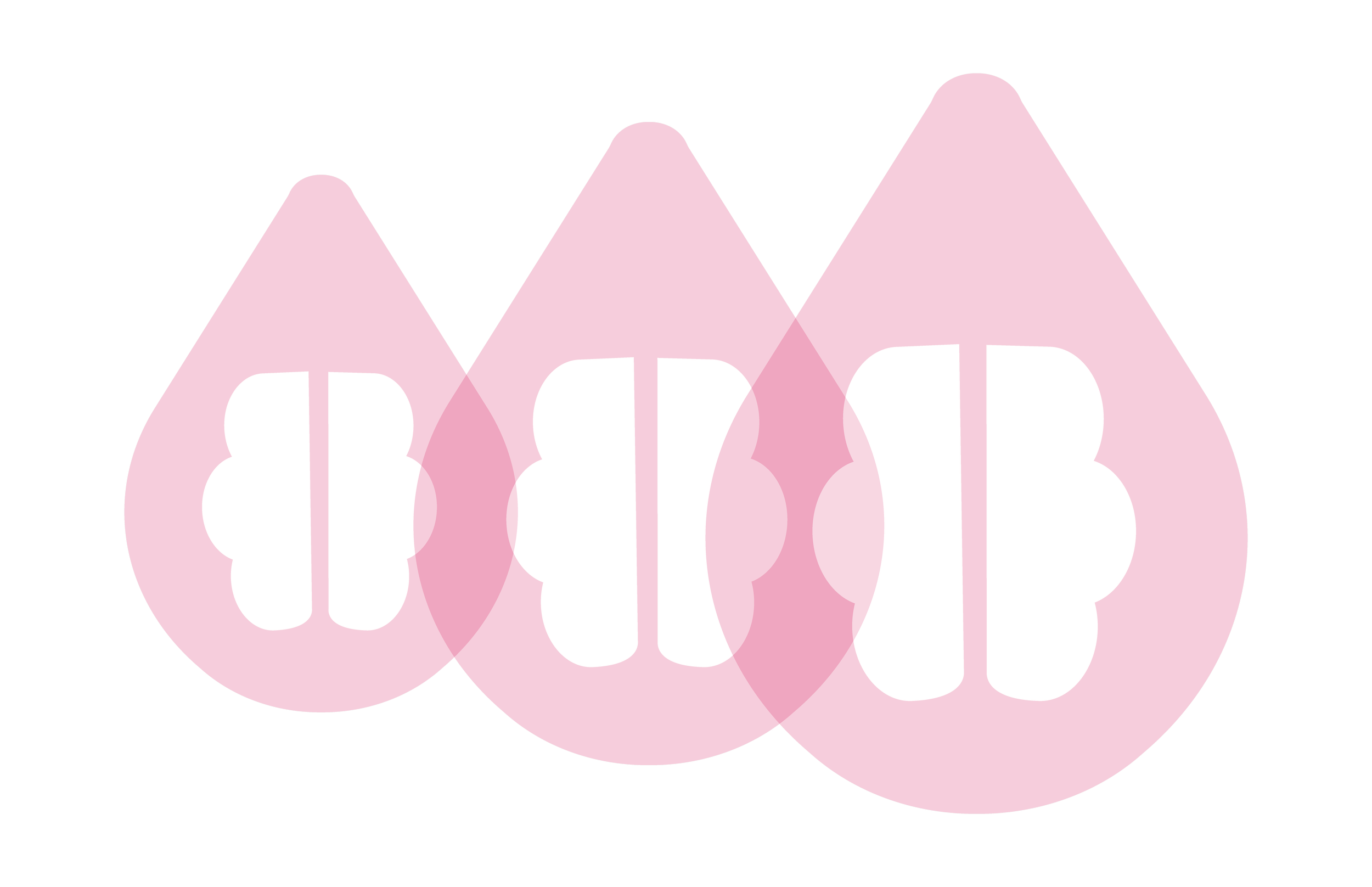Depression
Information about depression
-
Depression is a medical condition that causes a persistent feeling of sadness and a loss of interest in activities once enjoyed. It can interfere with daily functioning at work and home, including managing diabetes effectively (19).
Major depression/clinical depression
Major depression is typically indicated when an individual exhibits five or more of the following symptoms over a two-week period (8):
Persistent depressed mood or loss of interest/pleasure in regular activities
Significant weight loss or gain
Insomnia or excessive sleep
Lack of energy
Difficulty concentrating
Indecisiveness
Feeling of worthlessness
Excessive or inappropriate guilt
Recurrent thoughts of death/suicide
Mild depression/subthreshold or minor depression
Mild depression is characterised by symptoms that do not meet the full diagnostic criteria for major depression (8). Although less severe, it still affects the individual and warrants clinical attention. If left untreated, mild depression has the potential to progress into major depression (8).
-
One in five people with type 1 diabetes are affected by moderate to severe depression symptoms (8). Amongst children and adolescents it is found to affect one in three people (20). Only 25% to 50% of people with diabetes and depression receive a diagnosis and treatment. However, therapy, medication, or a combination of both is typically highly effective. Without treatment, depression tends to worsen rather than improve (21).
The exact causes of depression in individuals with diabetes remain unclear, though they may be linked to the chronic nature of the condition and its complex management. Depressive symptoms in people with T1D are associated with several adverse medical and psychological outcomes, including (8):
Sub-optimal diabetes management (e.g., less frequent blood glucose monitoring, reduced physical activity, unhealthy eating habits, and smoking)
Elevated HbA1c levels and increased risk of hypo- and hyperglycemia
Higher prevalence and earlier onset of complications and disabilities
Increased risk of diabetes distress and elevated anxiety symptoms
Reduced quality of life and impaired social functioning
Increased personal, familial, and healthcare system costs
Greater risk of premature mortality
-
There are several validated depression questionnaires available for use in primary care to assess and monitor depressive symptoms (22) .
The PHQ-9 (Patient Health Questionnaire-9) is a nine-item, self-administered scale based on DSM-5 criteria. It classifies symptoms on a scale from 0 (not at all) to 3 (nearly every day), with a maximum total score of 27 (23).
The HADS (Hospital Anxiety and Depression Scale) is a 14-item self-administered scale, with seven questions each for depression and anxiety (24). Each subscale has a maximum score of 21, with scores of 8–10 indicating mild depression, 11–14 moderate, and 15–21 severe.
The BDI-II (Beck Depression Inventory-II) is a 21-item, self-administered scale that follows DSM-5 criteria (25). Each question is rated from 0 to 3, with a total score ranging from 0 to 63. Scores of 14–19 indicate mild depression, 20–28 moderate, and 29–63 severe (25)

